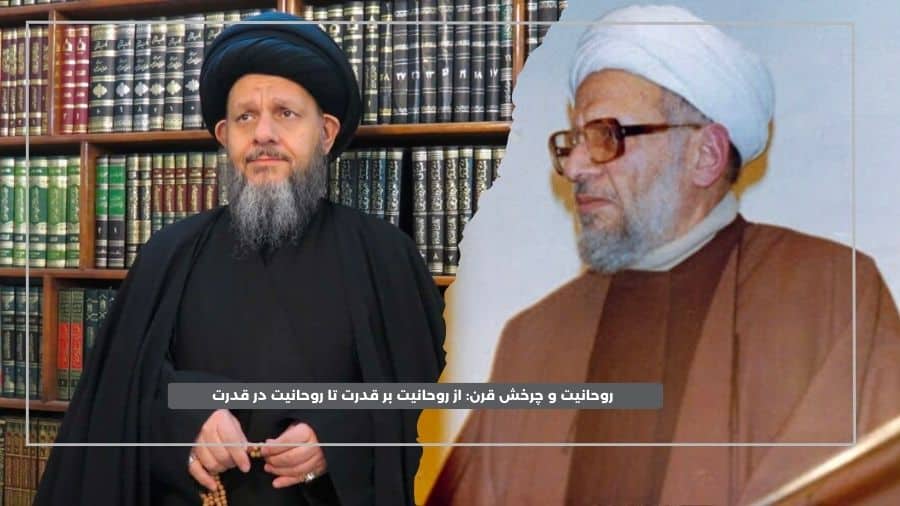Abstract
This article examines the development of the clergy in the fourteenth SH century. The foundations of this institution date back to the time of the Safavids, who, upon ascending to power and establishing Shiism as the state religion, laid the groundwork for the establishment of this institution to legitimize the monarchy. After this period until the success of the Iranian revolution in 1979, this institution and its relationship to political power and social movements have seen enormous upheavals and transformations. To facilitate comprehension of these developments, we have split them into two stages. The first stage, spanning the first half of the fourteenth century, begins with the defeat of the constitutional movement and continues with the foundation of the Pahlavi regime. In this era, the clergy confronts the modern world and its values, forcing them to reconsider the relationship between religion and the modern world. For some, the wind of modernity, and for others, the storm of this event, prompted the clergy to consider sustaining its institution. The establishment of Ayatollah Haeri Yazdi in Qom and the establishment of the Qom seminary played a significant role in the stabilization of this institution in the 14th SH century. The first event was the attempt to transfer the center of clergy and marja’iyyat from Najaf to Qom, which began with the establishment of the Qom seminary. The second event was the death of Ayatollah Borujerdi in 1340 SH, which precipitated a crisis of marja’iyyat within the clerical institution and gradually paved the way for the ascension of Ayatollah Khomeini and the foundation of his power. The clergy was put to a new test with the success of the Iranian revolution and the installation of the theocracy, which marked the beginning of the second stage. In the second half of the 14th century, beginning in the 1360s SH, the institution of the clergy formed a government that controlled political authority and depended on political power to establish Sharia law. The article examines religious fundamentalism led by Misbah Yazdi, who favored the implementation of Sharia law, as well as Muslim reformers or neo-thinkers who wished to activate the republic and implement modern procedures within the government and the clergy. The article focuses on presenting the perspectives of two mujtahids from outside the government, Mehdi Haeri Yazdi and Seyyed Kamal Heydari, who support the participation of the people in government and their representation in the occultation era.


